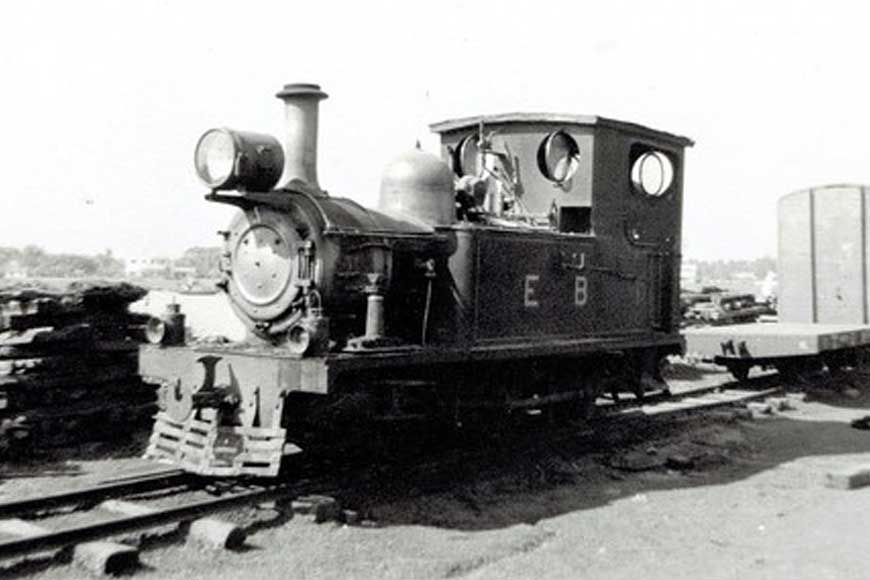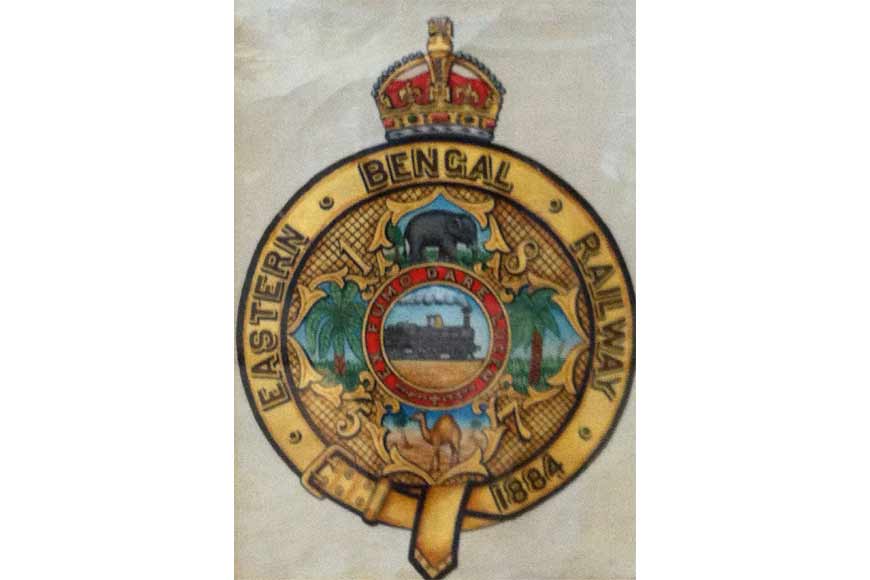Chugging tales of Bengal Railways: Eastern Bengal Railway and Chalan Beel

Part 3: Watershed Chalan Beel destroyed by Railways
The north-western segment of the Eastern Bengal Railway (EBR) contributed to the deterioration of the water regime of Northern Bengal by the way the railway exposed itself to the Chalan Beel. The Chalan Beel was a vast deep hollow with a watershed of about 1,547 square miles, lying in the districts of Rajshahi and Pabna, where a very large portion of the drainage from about 47 rivers of Northern Bengal converged. Besides being a giant junction of numerous waterways, the huge lake also served as a springboard from which many rivers flowed further south and east to meet finally with Padma or Brahmaputra.

With the waterways that converged in it from the north and north-west and with those that exited from it towards the east and south-east the Chalan Beel formed a water regime that reserved and cleared the drainage of almost half of the active Bengal Delta. By the beginning of 20th century it was surrounded by the EBR main line in the west and by the Santahar-Bogra line in the north. The natural drainage in this part of the Delta met with formidable obstacles since railways in these lowlands had to be built on embankments. Such a situation was further aggravated by the reduction of the number of spans on the bridges of the EBR since the broad-gauge line was constructed between Atrai and Santahar.
The main EBR line (Calcutta-Siliguri) ran across the Rajshahi plains, the natural slope of which was towards the east. Railway embankments interrupted the natural drainage of the country causing a blockage of a great volume of water, the effect of which was the complete destruction of aman (autumn) paddy, the only subsistence crop of the land, during rainy periods. The water took a long time to escape through the culverts and bridges which were very few in number. A part of the line also passed close to the Chalan Beel and thus prevented its flush water from draining to the Brahmaputra; the result of this interruption was the speedy silting up of the beel and the consequent reduction of its water-holding capacity. The cultivators of the vast area to the north-west of the Sara-Sirajganj line had to forgo the cultivation of rabi (winter) crops as the fields did not dry up in time for cultivation.
The Bogra line up to Bogra ran almost directly east blocking the natural flow of water of a part of the country which sloped from north to south. This caused damage to the only crop (aman variety of rice) of the tract since the water could not drain. But as the flood water slowly moved further down either through an insufficient number of culverts and bridges or by over-topping or breaching the embankment, it was again obstructed by a part of the Sara-Sirajganj Railway embankment. The same degree of devastation of crops occurred in these tracts until the water finally found its way into the Brahmaputra.
(To be continued)
(Source: FIBIS Fact File #4: “Research sources for Indian Railways, 1845-1947”
'Researching ancestors in the UK records of Indian Railways'
India Office Records (IOR) held at the British Library)










